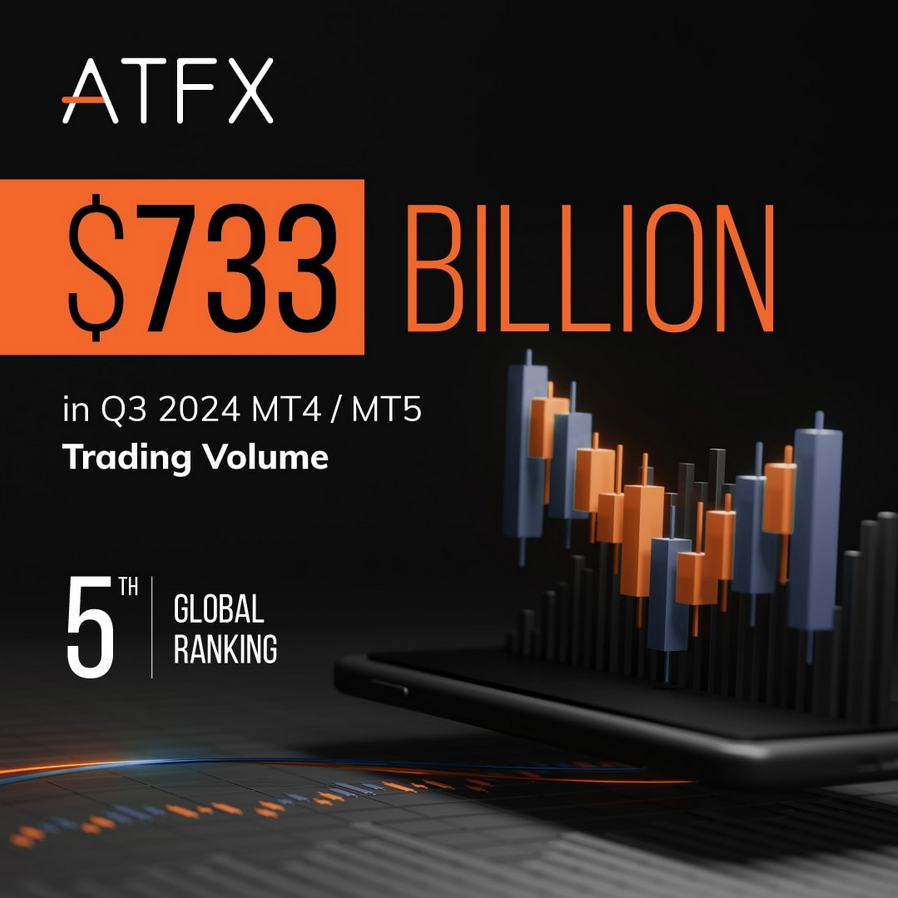The euro remains under pressure as geopolitical concerns weigh on sentiment, with traders closely monitoring central bank policies and economic data for direction. The British pound sees limited upside, supported by expectations of persistent inflation but tempered by labor market uncertainty. The Japanese yen weakened as the U.S. dollar rebounded, though interest rate divergence between the Federal Reserve and the Bank of Japan could favor yen strength in the medium term. Gold remains firm above key levels, benefiting from safe-haven demand, though hawkish Fed rhetoric could limit further gains.
EUR/USD
The EUR/USD pair has been exhibiting a bearish trend, with the euro facing selling pressure due to both geopolitical and economic factors. The recent correction to the support level of 1.0456 suggests potential buying opportunities, provided buyers react at this level. However, the euro has not yet reached its main resistance target of 1.0537, indicating a likelihood of further growth.
Key Factors Influencing EUR/USD:
- Ongoing geopolitical concerns, particularly in relation to Ukraine, continue to weigh on the euro, while any positive developments in negotiations could lead to short-term rebounds.
- The European Central Bank’s expected rate cuts could exert downward pressure on the euro, with rates projected to fall below 2% by 2026.
- The U.S. economic data, particularly housing and manufacturing indices, will play a role in short-term fluctuations.
Support Levels: 1.0456, 1.0390, 1.0317, 1.0272
Resistance Levels: 1.0510, 1.0537
Forecast
A continued downtrend is likely unless the euro decisively breaks above 1.0537, which could trigger a short-term rally towards 1.0600. However, if the pair fails to hold above 1.0456, further declines towards 1.0390 could be expected. Investors should monitor ECB statements and U.S. economic data releases closely for potential shifts in sentiment.
GBP/USD
The British pound has demonstrated relative strength, reaching $1.26, a two-month high. Investors expect key economic data to reinforce inflationary pressures, which may slow the pace of interest rate cuts by the Bank of England. Despite the BOE’s recent rate reduction, the central bank remains cautious about inflation risks.
Key Factors Influencing GBP/USD:
- UK labor market data presents a mixed picture, with a stable unemployment rate but rising jobless claims.
- Inflation concerns remain a key issue, potentially delaying further rate cuts by the Bank of England.
- The pound’s movement is also influenced by Federal Reserve policy decisions and broader market sentiment.
Support Levels: 1.2582, 1.2555, 1.2480, 1.2396, 1.2335
Resistance Levels: 1.2614, 1.2667
Forecast
The GBP/USD pair is currently in a bullish correction phase, but the key support level at 1.2580 should be monitored closely. If this level holds, the pound may extend gains towards 1.2667. A break below 1.2555, however, could indicate further downside momentum towards 1.2480. UK inflation data and central bank rhetoric will play a crucial role in the coming sessions.
USD/JPY
The USD/JPY pair has been largely influenced by monetary policy divergence between the Bank of Japan and the Federal Reserve. The yen weakened to 151.8 per dollar after Federal Reserve officials signaled a cautious approach toward rate cuts. However, in the medium term, the BOJ is expected to continue its gradual rate hikes, while the Fed is likely to shift towards easing.
Key Factors Influencing USD/JPY:
- A hawkish stance from the Federal Reserve is currently limiting dollar depreciation.
- The Bank of Japan’s approach to tightening monetary policy could support the yen in the long run.
- Market sentiment and global risk appetite will impact short-term fluctuations.
Support Levels: 151.27, 150.72
Resistance Levels: 152.32, 153.59, 154.33, 155.04, 155.52
Forecast
The medium-term trend for USD/JPY remains bearish, but in the short term, a test of resistance at 152.32 is likely. If sellers react strongly at this level, a pullback towards 151.27 could occur. Conversely, a break above 153.59 would confirm bullish momentum, opening the door for a move towards 155.52. Traders should closely follow U.S. economic data and Bank of Japan policy statements.
Gold (XAU/USD)
Gold has remained in a bullish trend, recently climbing above the $2,900 per ounce mark. Safe-haven demand is being driven by concerns over global trade tensions and persistent inflation risks, despite hawkish comments from Federal Reserve officials.
Key Factors Influencing Gold Prices:
- Geopolitical tensions and fears of a trade war continue to boost gold’s appeal as a safe-haven asset.
- Hawkish rhetoric from the Federal Reserve has temporarily limited gains, as traders assess potential interest rate cuts.
- Gold’s ability to hold above the key $2,900 level will determine its next move.
Support Levels: 2865, 2807
Resistance Levels: 2910, 2950, 3000
Forecast
Gold is currently in a consolidation phase, trading within a supply zone. If the price holds above the 2910 resistance level, further gains towards 2950 and potentially 3000 could be seen. However, if sellers push prices below 2865, a retracement towards 2807 may follow. Market volatility will remain high, and traders should pay close attention to Federal Reserve statements and global economic developments.
Conclusion
The forex market remains highly sensitive to macroeconomic events, central bank policies, and geopolitical developments. The euro and pound are facing mixed pressures, with potential for both short-term rebounds and extended declines depending on economic releases and central bank actions. The yen remains under pressure but could strengthen in the medium term due to the BOJ’s policy stance. Gold continues to attract safe-haven demand, though hawkish Fed commentary may cap gains. Traders should monitor key support and resistance levels to navigate the market effectively.









